The Truth About Automotive Electronics Pt. 3: The Ugly
Automakers are justifiably proud of the fast, safe, clean and comfortable products they’ve unleashed upon the automotive market. But today’s carmakers have entered into a Faustian bargain with the electronic systems that make these four-wheeled wonders possible, and it’s busy biting them and their customers in their collective keister. Never mind the inherent safety hazards of protecting drivers from their own stupidity. The heavy reliance on technology has fundamentally altered the ownership experience, particularly when these techno-wondercars are repaired and resold.
This problem is particularly acute for high-end, mostly European luxury makes. In the past, upmarket brands justified their price premiums by offering superior performance, handling, comfort and refinement. As less-expensive brands have narrowed the gap, luxury makers have turned to electronic wizardry to create a distinctive distinction. But stuffing more stuff into the cars invites Murphy and his Law to ride shotgun.
Your humble author spent four years battling these issues as a BMW dealership technician and regularly saw Herr Murphy working his mojo. My favorite horror story of that time: a BMW E46 3-Series that was rendered impotent (warning lights aplenty, transmission stuck in second gear) by… wait for it… the radio.
The E46 radio is connected to the engine, transmission and ABS computers (and many others) by a network called the K-bus. When the radio died, it shorted out the K-bus, freaking-out the other computers. Every system that could turn on a warning light did so and the transmission computer went into ‘limp in’ mode: second gear only when in ‘Drive.’
While these sorts of gremlins may be more common in the luxury brands (Mercedes owners unite!), the same systems and problems are now appearing in more mainstream machines. Nissan owners who've put their Intelligent Key fob in the same pocket as their cell phone have discovered that the phone signal scrambles the key programming, rendering it impotent. Honda owners with a persistent ‘check engine’ light may have a major emissions system failure, or they may have slight corrosion on an electrical terminal in the fuse box. No make or model with electronic systems is immune.
Electronic failures differ from mechanical mishaps in important ways. Most mechanical items fail gradually and provide warning signs (noises, visible wear, etc.) indicating that something is amiss. Electronics are usually an either/or situation; they either work or they don’t. They also rarely warn their dependents before they fail. Mechanical systems can often be tweaked or bypassed (e.g. looping heater hoses to bypass a leaking heater core). Electronic systems usually don’t respond to duct tape and WD-40.
This electronic complexity can make for an expensive and time-consuming ownership experience. Increasingly, these systems can only be serviced by dealerships, whose technicians need a lot of (expensive) time and (expensive) training to diagnose the problems. Sometimes, the problems are so subtle that the only recourse is to install part A and see if the problem goes away.
When the owner comes back in a week with the same problem, install part B and repeat until the problem, or the owner, goes away. And make no mistake: these parts are getting mighty expensive. The aforementioned BMW radio lists for $590, and no $79 Pep Boys radio has a K-bus connection. Similarly, the days of cutting a spare key at the hardware store for $5 are long gone.
When the car is under warranty, the customer doesn’t pay the parts and labor costs, and service loaner cars might make frequent dealership visits tolerable. But imagine (or testify) what happens when the warranty ends. Electronic systems are not immune from age-related failures; the owner must bear the full brunt of these costs.
This leaves an owner with a set of tough decisions. Does he fix the problem or try to ignore it? Can he ignore it? If the transmission won’t shift out of second gear, the car isn’t very useful. Are the parts available, new or used? If only used parts are available, how long will they last? Should he just get rid of the car for something newer and/or more reliable?
That last question indicates the area where electronic overkill hurts the car owner the most. Trouble-prone cars have always had low resale values/a shortage of willing buyers. When the troubles are difficult to locate, devilish to rectify and expensive to boot, it only amplifies the situation.
Unfortunately, this is difficult to see in the available data because used car prices are affected by multiple factors. The cachet of MINI and VW, for example, keeps their resale prices high– despite their relatively poor e-reliability records.
Nevertheless, as heavily electronic cars age, the cost of repairs will overwhelm the market values of those cars. This may be the final ironic twist of modern automotive electronics: rendering eight-year-old cars about as valuable as eight-year-old computers.
More by Eric Stepans
Latest Car Reviews
Read moreLatest Product Reviews
Read moreRecent Comments
- Shipwright As my Avatar shows I had an '08 GT 500, Grabber Orange convertible. I now own a '12 GT 500 Kona Blue coupe.
- ArialATOMV8 I tend to prefer more amusing colors when picking out a car (if possible). My 2017 Lexus RX is painted in a Nightfall Mica (Dark Blue) and I really dig the look. In the dealership it stands out compared to the regular tame blacks, silvers and whites. Soon I may be at the point to afford a new car and when I do, I'll do my part and spec/hunt for an allocation of a vibrant color.
- Tassos Tim is not that good with colors.The bright "pink" is not pink, but FUCHSIA. Both colors may look good on a woman's sweater, but not on steel panels.
- Tassos While I was a very satisfied owner of a much earlier Accord COupe 5 speed (a 1990 I owned from 1994 to 2016), I don't like the exterior styling of this one so much, in fact the 2017 sedan looks better. Or maybe it sucks in white. The interior of my 1990 was very high quality, this one looks so-so. The 157 k miles were probably easy highway miles. Still, Hondas are not Toyotas, and I remember the same service (like timing belt replacement) back then cost TWICE for an Accord than for a Camry. Add to this that it has the accursed CVT, and it's a no. Not that I am in the market for a cheap econobox anyway.
- 3-On-The-Tree My 2009 C6 corvette in black looks great when it’s all washed and waxed but after driving down my 1.3 mile long dirt road it’s a dust magnet. I like white because dust doesn’t how up easily. Both my current 2021 Tundra and previous 2014 Ford F-150 3.5L Ecobomb are white
















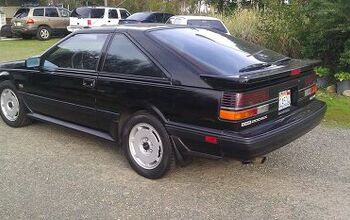
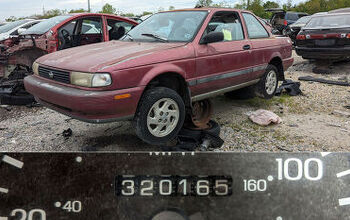

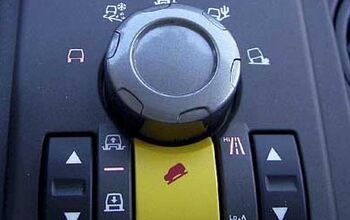



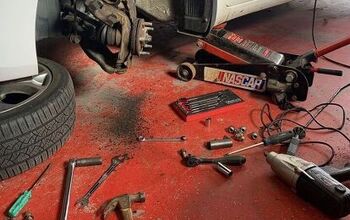

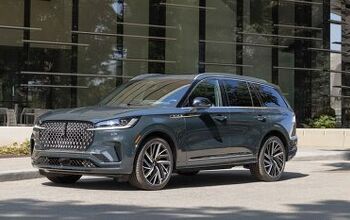

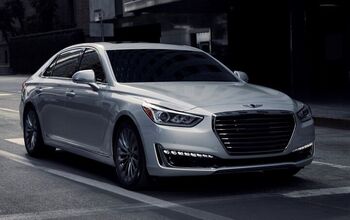


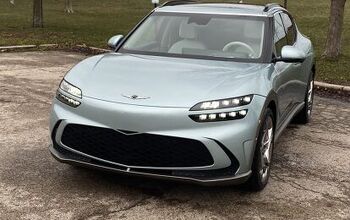

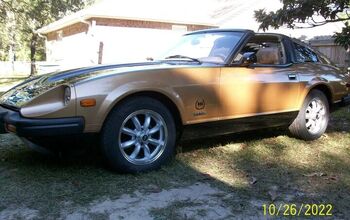

Comments
Join the conversation